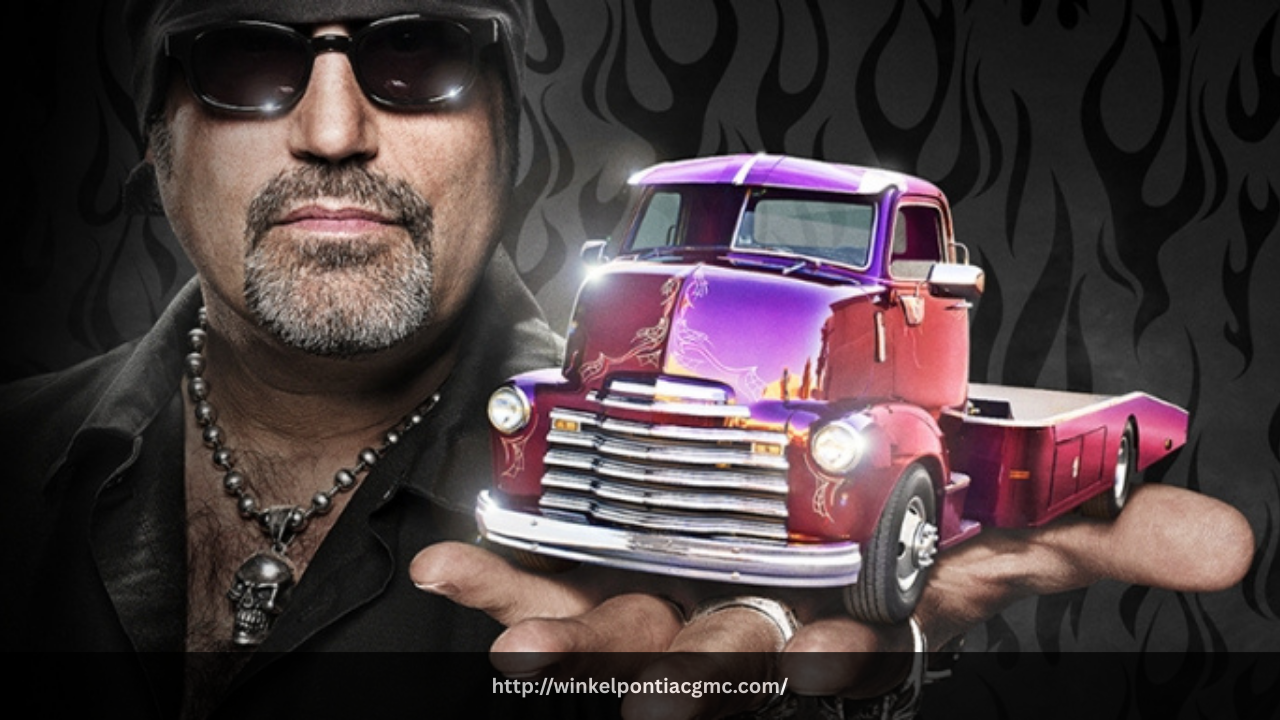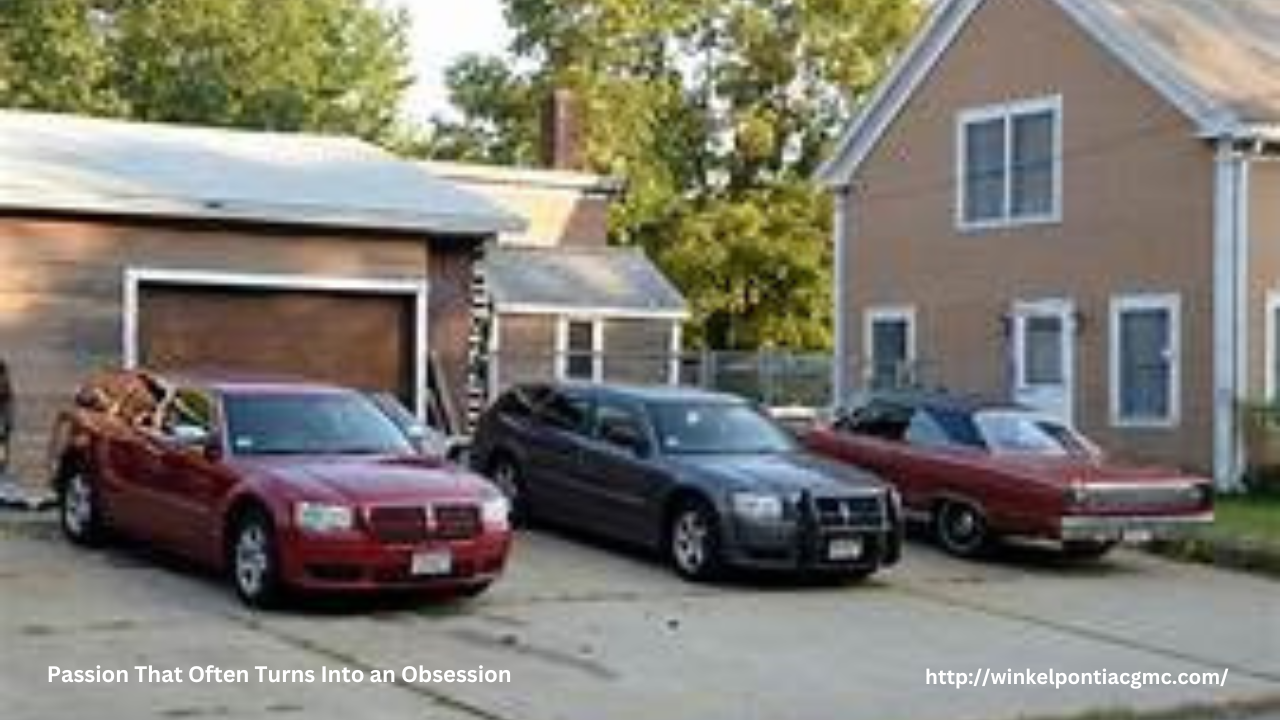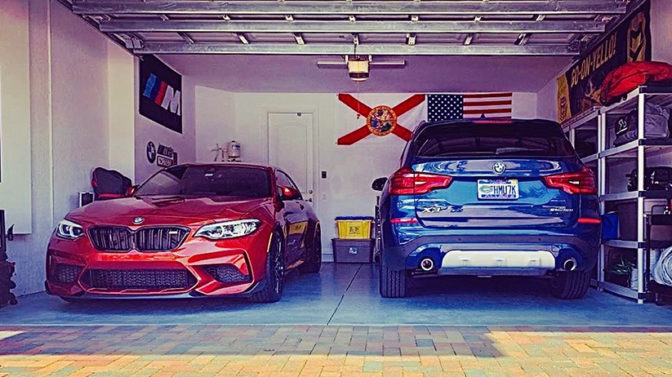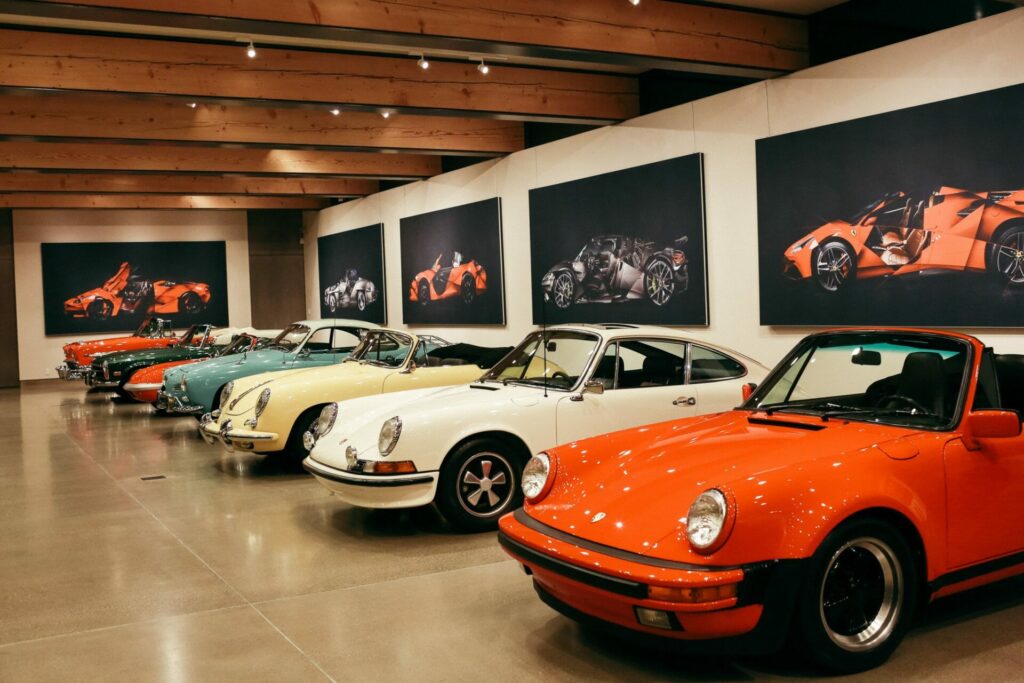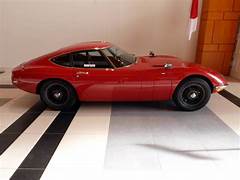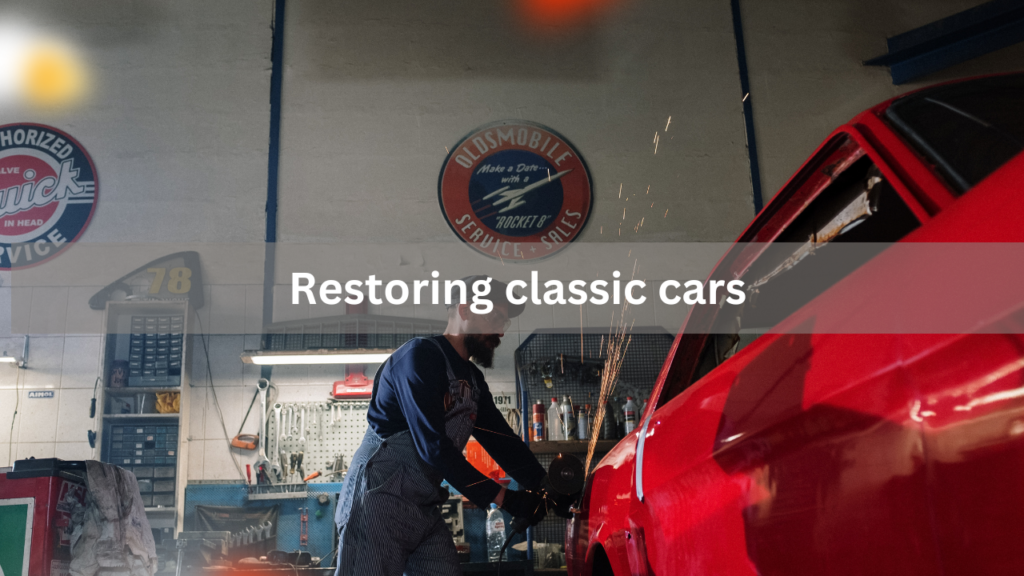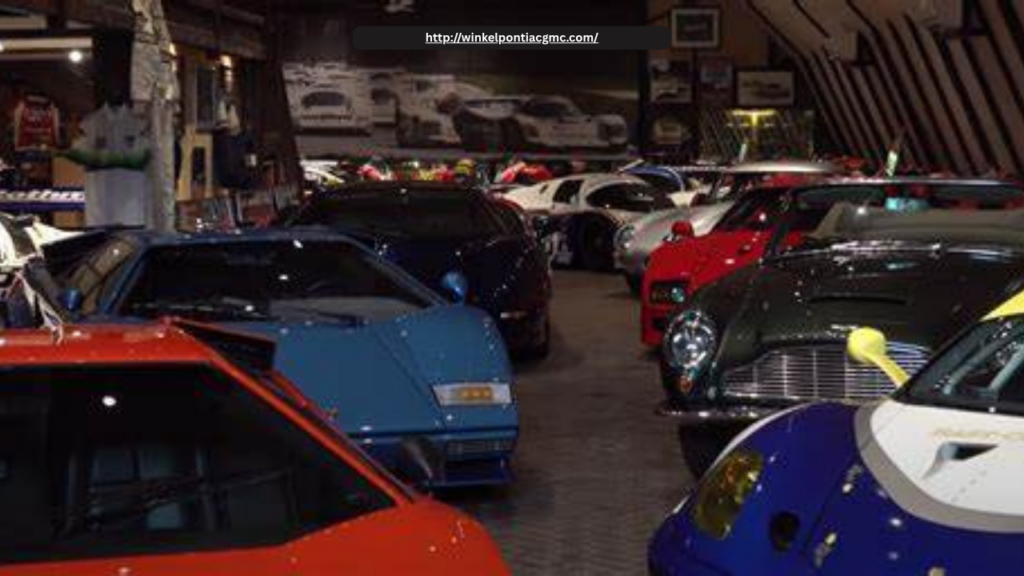
When it comes to car collecting, enthusiasts often fall into two camps: minimalists who value quality over quantity, and maximalists who embrace the grandeur of a vast fleet. Both approaches offer unique benefits and challenges, and the ideal number of cars for any collector depends on individual priorities, resources, and philosophies.
The Minimalist Approach: Intentional and Impactful
Minimalist collectors tend to focus on a small number of highly curated vehicles. Their collections often consist of cars with personal meaning, historical significance, or unique characteristics. Instead of chasing volume, minimalists chase depth—deep knowledge, deep appreciation, and deep enjoyment.
Owning fewer cars means each one gets more attention. Maintenance is more manageable, storage is less of an issue, and costs are significantly lower. These collectors are often hands-on with their vehicles, enjoying the mechanical and aesthetic upkeep as part of the hobby.
Minimalist collections might include a favorite classic, a performance car for spirited drives, and a practical daily driver. Each vehicle serves a distinct purpose, and none are left to collect dust. This approach reflects a lifestyle of intentionality, simplicity, and thoughtful consumption.
The Maximalist Approach: Diverse and Dynamic
Maximalist collectors see car collecting as an expansive celebration of automotive diversity. Their garages are filled with everything from vintage muscle cars and exotic supercars to quirky oddballs and limited-edition models. For these enthusiasts, more is more.
A large collection provides endless variety. You can enjoy different driving experiences, showcase a range of historical eras, and explore multiple facets of automotive design and engineering. Maximalists often have the resources to maintain their fleet professionally, with large storage facilities and staff to handle upkeep.
However, this approach can come with downsides. The sheer number of cars can lead to logistical challenges, significant financial commitments, and the risk of emotional detachment from individual vehicles. If not properly managed, cars may sit idle for long periods, leading to mechanical issues and decreased value.
Finding Your Balance
There is no universal answer to how many cars a collector should own. The right number depends on your goals, lifestyle, and budget. Are you looking to preserve history, enjoy spirited weekend drives, or invest in appreciating assets? Do you have the time, space, and finances to support your collection?
For some, a minimalist collection of three to five beloved vehicles is more rewarding than a warehouse of underutilized machines. For others, the joy comes from owning a comprehensive collection that represents the full spectrum of automotive evolution.
Conclusion: Define Your Own Limits
Minimalist or maximalist, the key to a satisfying car collection lies in intentionality and personal fulfillment. It’s not about the number of vehicles—it’s about the connection you have with them. Whether you choose to keep your collection small and focused or large and diverse, ensure that it aligns with your passion, priorities, and practical realities. In the end, the best collection is the one that makes you smile every time you open the garage door.


